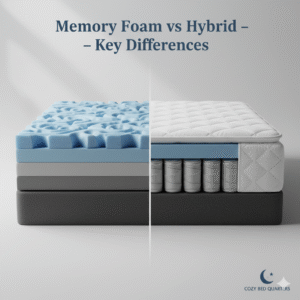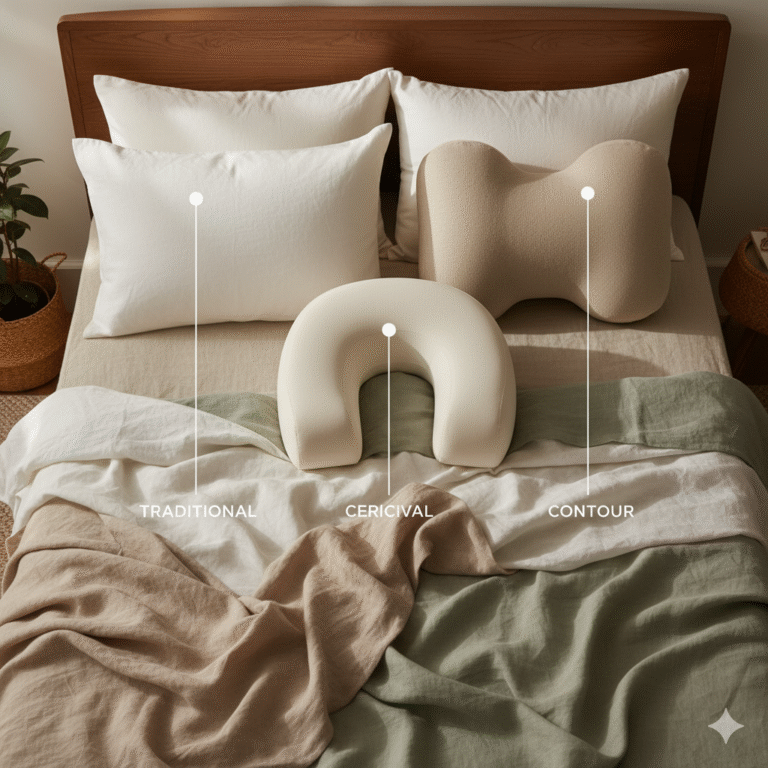The Toddler Bed Transition a Parent’s Handbook
Ready to say goodbye to the crib? The Toddler Bed Transition a Parent’s Handbook walks you through every step of the process, ensuring your child feels confident and secure while making the leap to a “big kid” bed.
Key Takeaways
In this guide, titled The Toddler Bed Transition a Parent’s Handbook, we provide insights to simplify the process.
- Waiting until around age 3 can significantly reduce sleep disruptions
- Rushed transitions often lead to bedtime resistance and restless nights
- Look for readiness cues like climbing or requesting a big kid bed
- Childproofing the room is essential to ensure nighttime safety
- Involving your toddler builds excitement and emotional readiness
- Consistent routines and boundaries ease the adjustment period
Understanding the Toddler Bed Transition
The Toddler Bed Transition a Parent’s Handbook emphasizes that moving from a crib is a crucial developmental milestone.
Moving from a crib to a bed isn’t just a furniture upgrade—it’s a developmental milestone. According to sleep specialists, children closer to age 3 adapt better to new sleep environments because they can understand and follow bedtime rules. Younger toddlers may not yet grasp the concept of staying in bed, which can lead to nightly negotiations and disrupted sleep patterns. Learn more in this helpful resource from Parents.
Recognizing the Signs Your Toddler Is Ready
Look for three key indicators: frequent crib escapes, verbal excitement about a big kid bed, and physical signs like outgrowing the crib space. If your child asks for a new bed or imitates older siblings, these are strong emotional readiness cues. Repeated escape attempts, even after lowering the crib mattress and using sleep sacks, often signal it’s time to make the change. For a deep dive into recognizing readiness, check out this expert guide from Taking Cara Babies.

Benefits of Waiting: Timing and Developmental Readiness
Delaying the move until after age 3 comes with real perks: fewer night wakings, longer sleep stretches, and less bedtime resistance. Pediatric studies confirm that impulse control improves significantly between ages 2.5 and 3, helping toddlers follow bedtime expectations more reliably. Don’t feel pressured—every child is different, and waiting a few more months can lead to better outcomes. Read more on Sleep Foundation’s transition advice.
For those considering making the leap, The Toddler Bed Transition a Parent’s Handbook offers valuable strategies to make this change smoother.

Safety First: Preparing Your Child’s Room for a New Bed
The Toddler Bed Transition a Parent’s Handbook includes essential safety tips for preparing your child’s room.
With newfound freedom comes the need for added safety. Anchor all furniture, cover outlets, and remove tripping hazards. Use cushioned rails, secure windows, and consider adding a baby gate at the door. One childproofing expert suggests viewing the room as a giant crib—everything within reach should be safe and secure for an exploring toddler. For expert advice, visit Cleveland Clinic’s transition guide.

Involving Your Toddler in the Transition Process
Start talking about the change a few weeks before it happens. Let your child pick their own bedding, choose a stuffed animal to keep nearby, and help arrange the room. These choices give them ownership over the process and build excitement. Reading books about toddler beds can also normalize the change and ease anxiety.
Engaging with your child about The Toddler Bed Transition a Parent’s Handbook can ease their concerns and excitement.
Adjusting Your Bedtime Routine and Managing Sleep
Stick to familiar routines, but make small adjustments to signal the new sleep setup. Keep boundaries clear: say “We stay in bed until morning” and gently return your toddler to bed if they wander. Reward charts or quiet-time activities can help manage early risers. Most toddlers adjust within a few weeks with consistency and reassurance.

The Toddler Bed Transition a Parent’s Handbook proves that patience, timing, and preparation are your greatest tools. Every child is different—watch for signs of readiness, childproof their space, and offer steady support. The result? Smoother nights and confident mornings.
Ultimately, The Toddler Bed Transition a Parent’s Handbook reminds us that preparation is key to success.
FAQ
- How do I know if my toddler is ready for a bed?
- Look for signs like climbing out of the crib, asking for a new bed, or imitating older siblings. Readiness usually appears between 2.5 and 3 years.
- What safety measures should I take?
- Anchor furniture, use bed rails, cover outlets, and secure windows. Think like a toddler—get down to their level and remove potential hazards.
- What if my child keeps getting up during the night?
- Stay calm, return them to bed with minimal fuss, and stay consistent. Use visual cues like a wake-up clock or reward chart for staying in bed.
- Can I use the same bedtime routine?
- Absolutely. Familiar routines provide comfort and stability during the transition. Add a new element like choosing a bedtime book to mark the change.
- Is it okay to delay the transition?
- Yes. If your child isn’t showing signs of readiness, it’s best to wait. Rushing can lead to disrupted sleep for everyone.





















